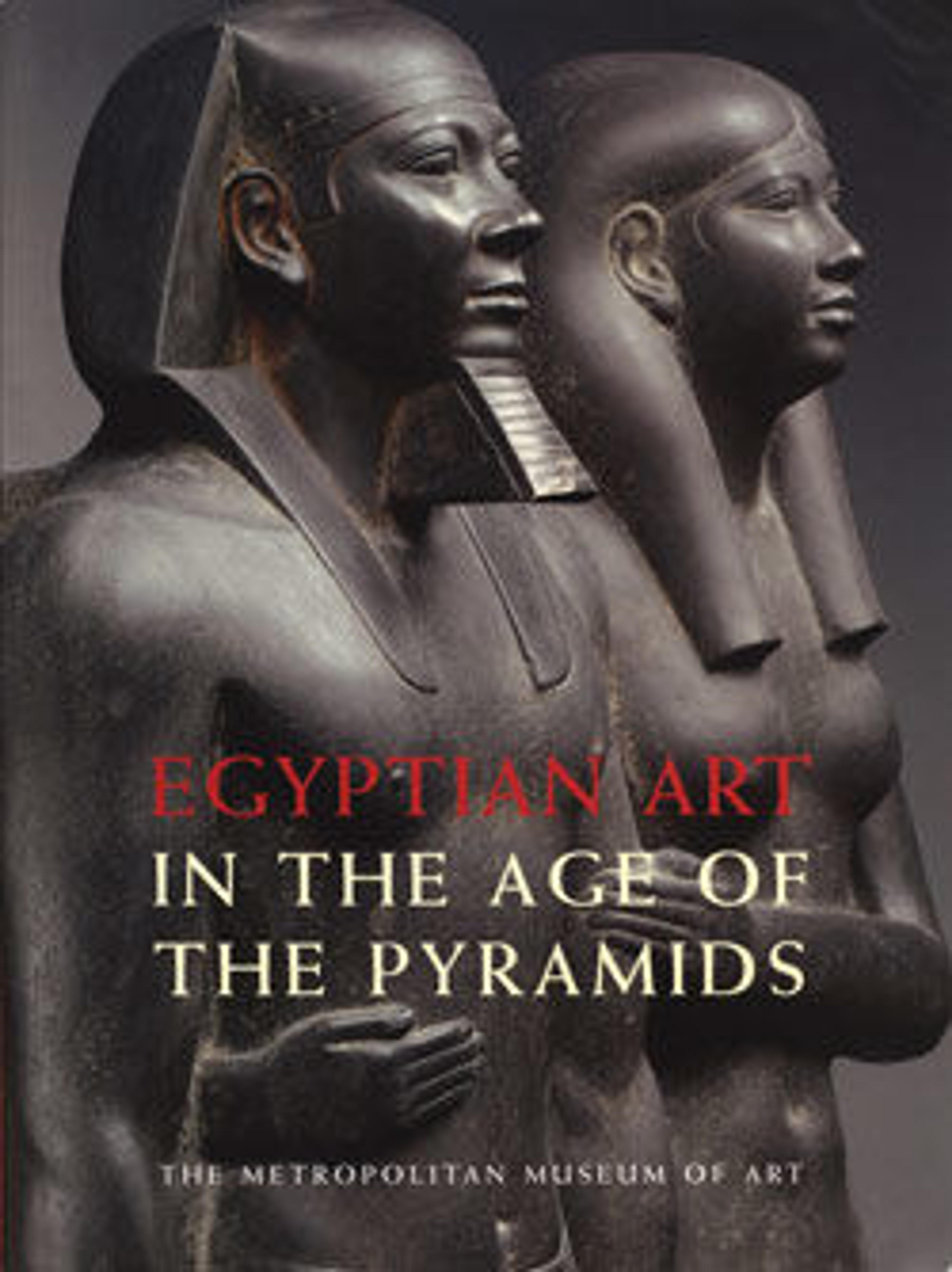Fragmentary Face of King Khafre
Khafre was the son of Khufu, builder of the Great Pyramid. He built his own pyramid, the Second Pyramid, at Giza just to the south of his father's. Khafre's pyramid complex included a mortuary temple on the east side of the pyramid which was connected by a long causeway to a valley temple. To the north and northwest of the valley temple he constructed the Harmakhis Temple and the Great Sphinx.
Many statues and fragments of astonishing quality and in a spectrum of fine stones were recovered from these temples or in their vicinity. This fragment was found at Giza and entered the MacGregor collection; its similarity to the faces of statues of the king from his temples and the traces of a royal beard on the chin identify it as a portrait of Khafre. The surface and warmth of the stone and the sensitive indication of fine muscles around the nose and particularly around the mouth are remarkable.
Many statues and fragments of astonishing quality and in a spectrum of fine stones were recovered from these temples or in their vicinity. This fragment was found at Giza and entered the MacGregor collection; its similarity to the faces of statues of the king from his temples and the traces of a royal beard on the chin identify it as a portrait of Khafre. The surface and warmth of the stone and the sensitive indication of fine muscles around the nose and particularly around the mouth are remarkable.
Artwork Details
- Title: Fragmentary Face of King Khafre
- Period: Old Kingdom
- Dynasty: Dynasty 4
- Reign: reign of Khafre
- Date: ca. 2520–2494 B.C.
- Geography: From Egypt; Probably from Memphite Region, Giza, Pyramid Complex of Khafre
- Medium: Travertine (Egyptian alabaster)
- Dimensions: H 8 × W 7.3 × D 9.5 cm (3 1/8 × 2 7/8 × 3 3/4 in.)
- Credit Line: Purchase, Edward S. Harkness Gift, 1926
- Object Number: 26.7.1392
- Curatorial Department: Egyptian Art
More Artwork
Research Resources
The Met provides unparalleled resources for research and welcomes an international community of students and scholars. The Met's Open Access API is where creators and researchers can connect to the The Met collection. Open Access data and public domain images are available for unrestricted commercial and noncommercial use without permission or fee.
To request images under copyright and other restrictions, please use this Image Request form.
Feedback
We continue to research and examine historical and cultural context for objects in The Met collection. If you have comments or questions about this object record, please contact us using the form below. The Museum looks forward to receiving your comments.
